A beautiful snowfall and glistening icicles may seem like a picture-perfect landscape during the cold winter months, but the melting snow and the formation of icicles might point to a bigger issue going on with your roof.
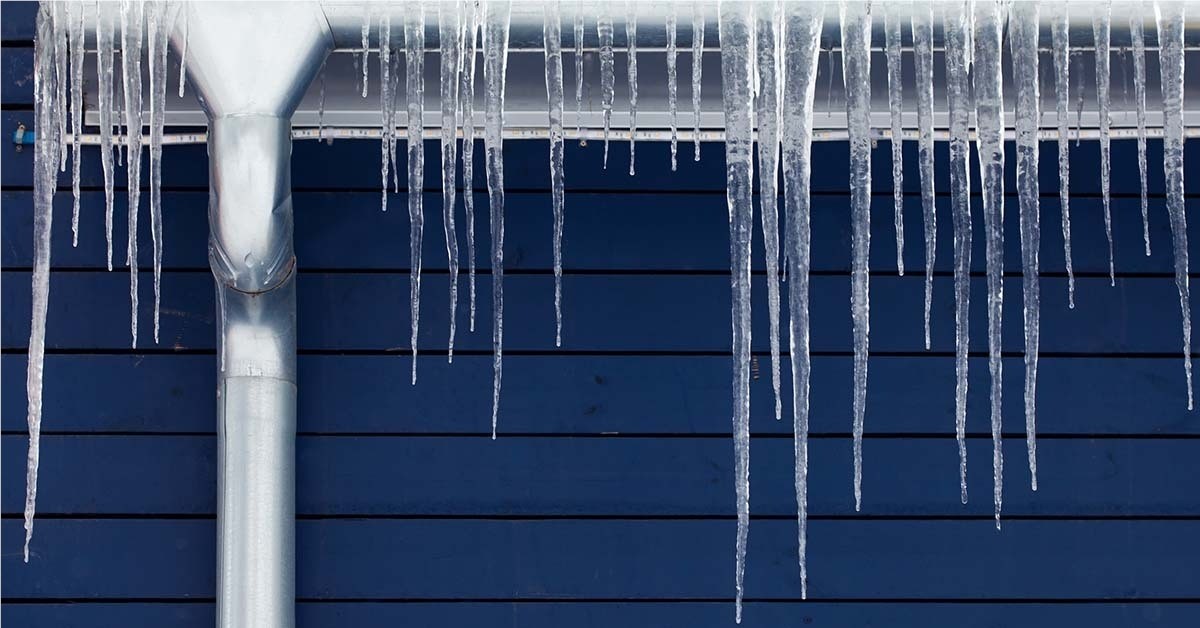
Ice dams are a formation caused by ice buildup on the overhangs of your roof. When your attic gives off heat to your roof, it melts the snow and ice causing it to slide down the incline until it hits unheated or uninsulated portions (typically the overhang areas). The snow and ice then refreeze in that area, causing a buildup that can cause damage. Ice dams can cause extensive damage to your shingles, gutters, and even the paint on the trim of your home.
When an ice dam forms on your roof, water can seep under your top layer of shingles and cause damage to them or to the roof structure underneath. Cracking, warping, and complete detachment can all happen to your shingles. When that damage occurs (big or small) water can then penetrate through your roof and start leaking into your attic space.
Check your attic frequently in the winter for signs of a leak. Another tell-tale sign of ice dam damage is warping of the structural beams or ceiling in your attic. Contact a professional right away if you see signs of this level of damage.
Ice dams can also block water from draining properly into your gutters so it can be directed away from your home. As the water in the ice dam freezes and thaws, expansion takes place which may bend or break your gutters. This can lead to further damage if water can not be drained away from your home.
If there is an issue with your gutters, you may be able to tell if water is pooling on the group under a certain spot along your gutters, if water seems to be spilling over the side of your gutters, or if there is an unusual amount of water getting into your basement due to the water not draining away from the house. Use caution when getting up on a ladder to examine your gutters, especially in winter. Always call a professional if you ever feel uncomfortable or unstable on a ladder.
In a home, some of the smallest details can make the biggest difference in curb appeal. Trim paint and other decorative accents along your roofline can give your home a beautiful look and feel. Unfortunately, ice dams can damage the paint on your trim or on the side of your home. Stagnant water or ice along your roofline can cause paint to peel or chip, leaving a bubbled effect.
Reaching those areas to repair or paint may be difficult come spring or summertime. Use caution when on ladders. High quality paint may be able to provide your home with a more protected finish and require less touch up year over year.
Many older homes are at risk of developing ice dams, but there are multiple different ways to prevent them from causing damage to your home. The best way to fix ice dams is at the source.
If you can keep the heat inside of your home rather than have it warm up your roof, ice dams have less of an opportunity to form. To do this, make sure all your vents in your bathroom, kitchen, laundry, or other work spaces vent directly outside rather than through a soffit. You can also ensure that the roof is properly insulated so no heat can escape out the front. Finally, make sure your attic is sealed off from other areas of the home to prevent warm air from traveling up there. Heat always rises, so making a tight seal is crucial to making sure it doesn’t move to the areas you are trying to avoid heating.
There are also many “quick” fixes that you can use to get your family through the winter. Warming coils can be placed in a zig zag pattern at your roof’s edge to encourage more melting of the snow and ice that forms. You can also purchase a roof rake which can help you move the snow off your roof and eliminate the possibility of ice dams forming in the first place.
Before the professionals need to be called in, consider ways that you can make sure ice dams don’t impact the safety and integrity of your home this winter. Learning about the formation of ice dams and what you can do in your home to prevent them is a great place to start before winter comes. Other quick fix tactics can also help you get through the winter safely.
If you think your home has been damaged by ice dams, contact us today to hear about the options we provide to protect and repair your roof.
Tags
Subscribe to Quarve Contracting's Blog


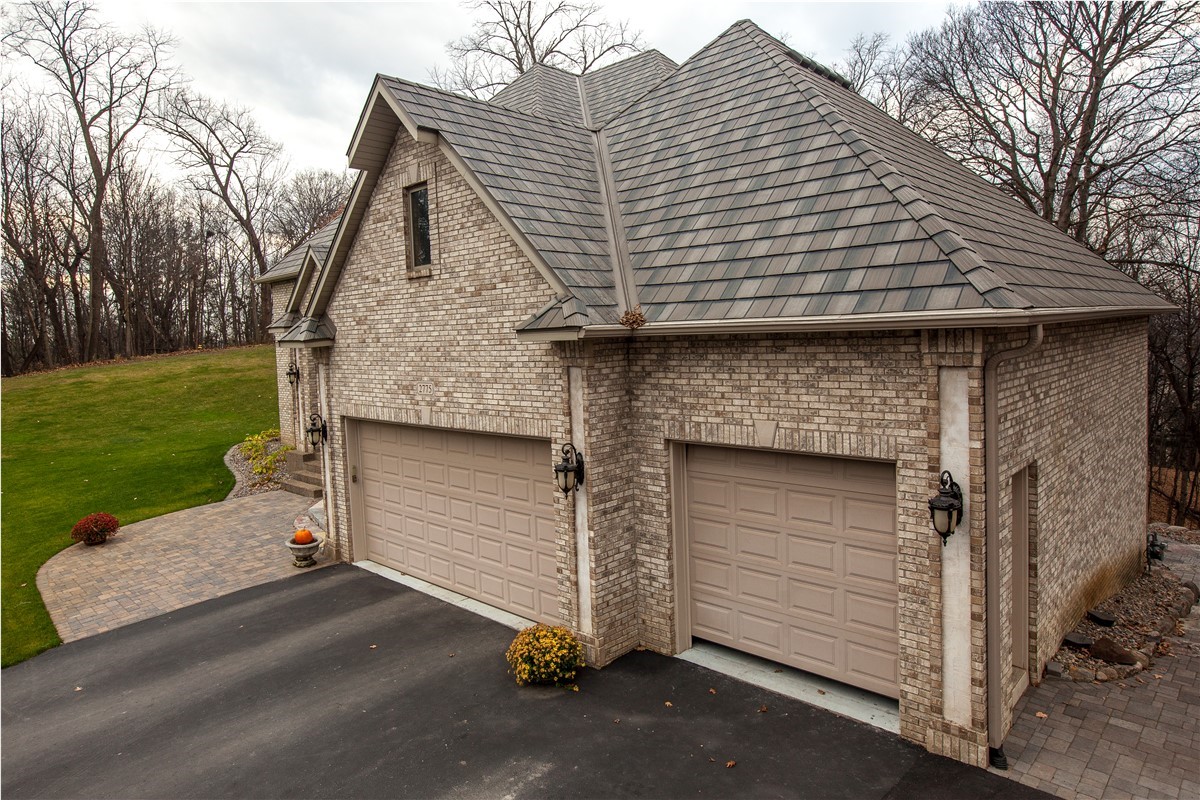
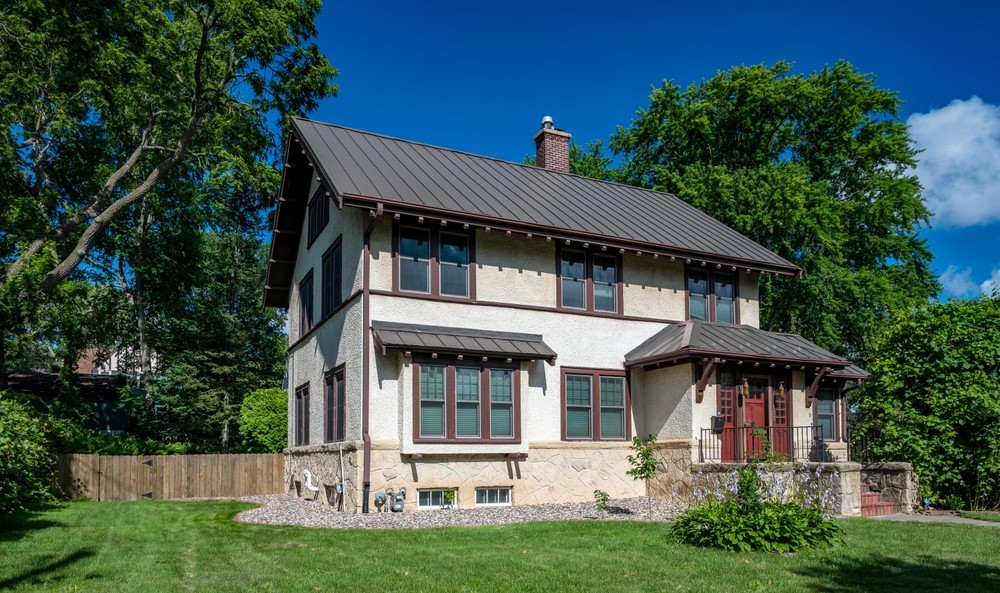
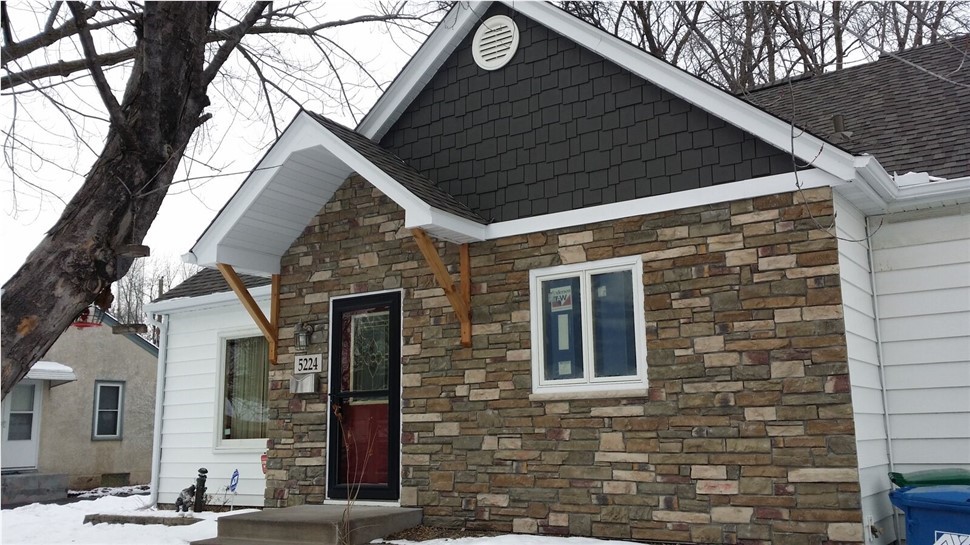
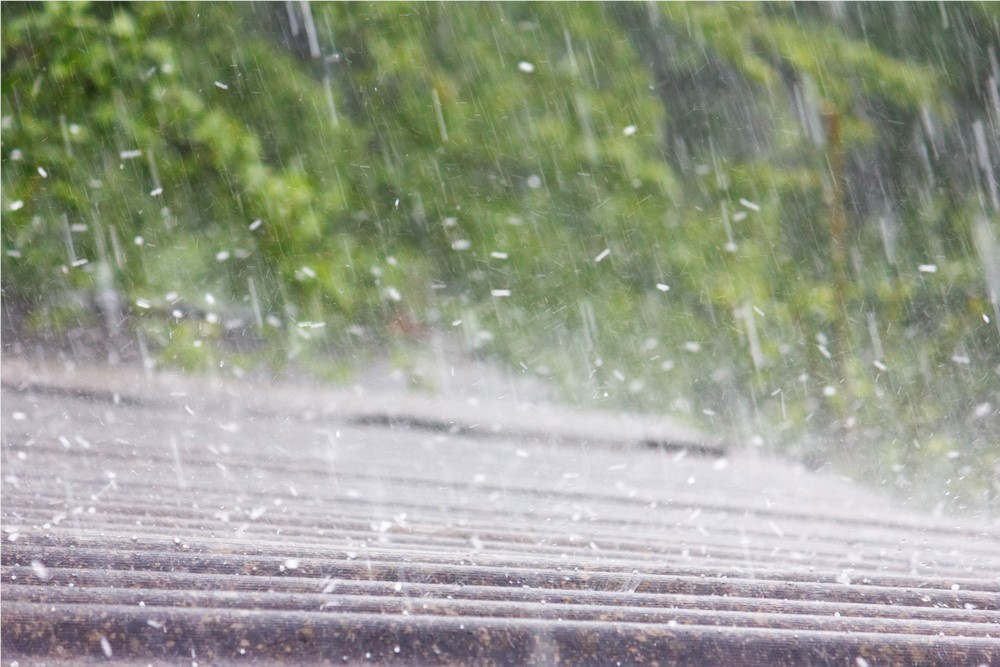
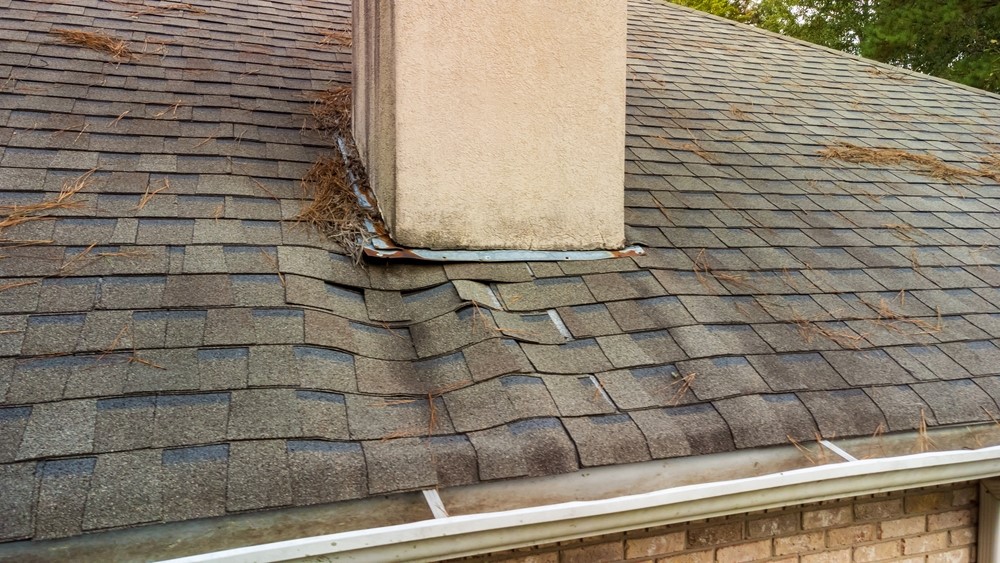
Comments